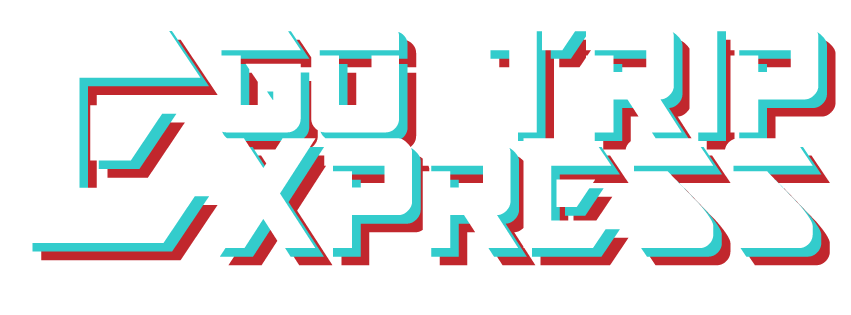Here is a comparison of the 3rd Ave and 2nd Ave Elevateds with the Subway. The 3rd Ave and 2nd Ave Els are in blue and Route #3 is in red. Much of 3rd Avenue shows up as purple.

Starting in the Bronx we see an interesting setup of tracks. The western branch makes a loop up and around Lincoln, Morris, and 3rd Avenues. A complicated array of spurs would have connected it to the then proposed 138th Street Line, which is now a part of today's Pelham Line operated by the #6 train. (On a side-note, reading through the description of these spurs, written in florid late-Victorian speech, was tedious to say the least.) Since the Pelham Line was built in the Dual Contracts period, it's within the realm of possibility that a future connection to an East Side Subway (whether along 1st, 2nd, or 3rd Avenues) was kept in mind by the builders. Over on the eastern branch, it would have run down Bruckner Boulevard then veered into the rail yards south of 132nd Street. This indicates a possible connection with the now defunct New York, Westchester & Boston Railway.*

*Fascinating thing about the NYWB. According to Clifton Hood's "722 Miles", they deliberately put their terminal at 132nd Street in the Bronx because it was assumed, around this time, that the 125th Street corridor would become a new central business district (CBD) just as 14th St, 23rd St, 34th St, and 42nd St would each acquire new importance as the city advanced north. This theory was based on the success of Pennsylvania Station (at 32nd Street) and Grand Central Terminal (at 42nd Street) which were both considered part of the outskirts of the young city. That is, until the city itself came northwards to their very doorsteps. This however did not happen to 125th Street, because the CBD would go no further than 59th Street; the foot of Central Park. Clifton Hood lays blame with the 1916 Zoning Laws, but perhaps the profitability of keeping the Upper East Side and Upper West Side as high-rise, residential/mixed neighborhoods stymied that northward expansion of strictly commercial space.
Route #3 crosses the Harlem River from Lincoln Avenue and Bruckner Boulevard to 3rd Avenue in Manhattan and the two 2-track branches merge into the 4-track trunk line making a straight shot down to Bowery...

...but with a very fascinating pair of spurs at 36th Street and 35th Street. They appear as hairlines on the map because they are in fact 1-track routes each. One track of rail for westbound trains along 36th Street and one track of rail for eastbound trains along 35th Street.

Here's a little preview of Route #5 (Broadway/Lexington Avenue Subway) in the original plan this route and the aforementioned spurs of Route #3 would have shared space between Lexington and Fifth Avenues.

The ultimate destination of these two spurs would have been 7th and 8th Avenue subways. The traffic along the 34th Street nowadays would have been greatly eased if these routes were ever made.

Back on 3rd Avenue we reach 14th Street where it would conveniently transfer with the existing 3rd Avenue station on today's Canarsie Line. I suspect that the Canarsie Line's 3rd and 1st Avenue stations indicate an investment in the future construction of Route #1 (1st Avenue Subway) and Route #3 (3rd Avenue Subway) more so than providing a transfer for the elevated lines. These plans laid out in 1905 indicate a long-term vision of eliminating all of the els in Manhattan.

Bowery has been one of the major thoroughfares for downtown for centuries, so it would be a natural location for a subway line. However with the emphasis put on 2nd Avenue instead, it was the blocks between Chrystie and Forsythe Streets that would be razed to make way for a subway/expressway combo. More on that in a future post.

South of Chatham Square, Route #3 splits into two branches. The east branch would continue to follow the 3rd Avenue El and serve a portion of Lower Manhattan that would no longer have rapid transit service since the elevated was torn down with no replacement. The west branch is effectively the Centre Street portion of today's BMT Jamaica Line (currently operated by J and Z trains). Between Pearl and Water Streets the two branches merge and continue down Broad Street, but then make a dramatic departure from the way the Broad Street line is now built. It veers west under South Street right along the shoreline and terminates in a hook shape under Battery Park. This terminal seems to skirt around the old South Ferry Loop and may have provided access to it's platform.




No comments:
Post a Comment